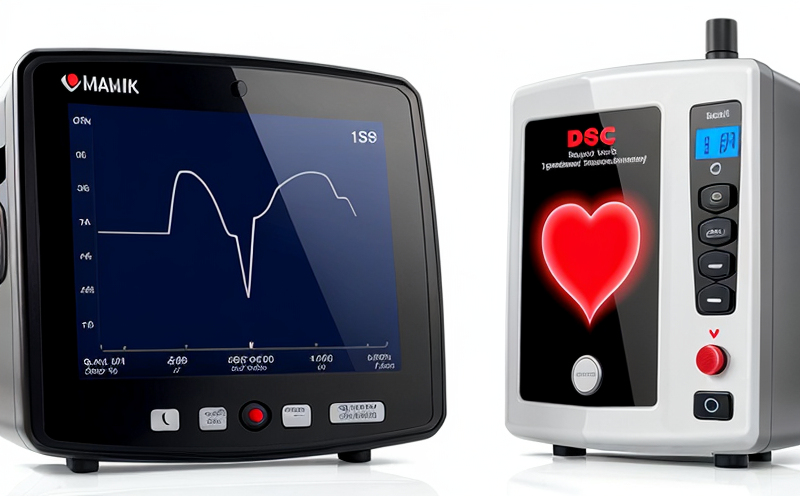ISO 25539-2 Balloon Expandable Stent Inflation Pressure Testing
The ISO 25539 series of standards provides a comprehensive framework for ensuring the safety and performance of balloon expandable stents used in medical applications. The second part, specifically ISO 25539-2:2018, focuses on determining the inflation pressure characteristics of these devices. This testing is critical because it ensures that the stent can be safely inflated within the intended range without compromising its structural integrity or causing adverse effects.
The process involves subjecting a stent to cyclic inflation and deflation cycles under controlled conditions. The aim is to measure how much the stent expands and contracts over time, ensuring there are no significant changes in dimensions that could lead to improper placement or function within the body. This testing helps identify potential issues early on, such as excessive expansion leading to tissue damage or insufficient dilation resulting in incomplete treatment.
Preparation of specimens for this test requires precise handling to maintain accuracy and consistency across multiple trials. Each stent undergoes careful inspection before being mounted onto an appropriate inflation device. The inflation media used must be biocompatible, typically saline solution or air, ensuring no contamination influences the results. Once prepared, the stent is subjected to a series of tests where it is inflated to its nominal diameter and then allowed to deflate back to its original state multiple times.
The testing apparatus employed for this procedure includes specialized fixtures designed to hold the stents securely during inflation cycles. These fixtures are crucial in preventing any form of misalignment or movement that could skew results. Additionally, high-precision pressure gauges measure the applied inflation pressures accurately at each cycle point. Data collected throughout these tests provides insights into the mechanical properties and durability of the stent material.
Acceptance criteria stipulated by ISO 25539-2 include specific parameters such as maximum allowable expansion ratio, minimum required compliance modulus, and repeatability limits for pressure measurements. Compliance with these standards ensures that manufacturers produce reliable medical devices suitable for clinical use without posing risks to patients.
In practical terms, this testing plays a vital role in safeguarding public health by preventing substandard products from entering the market. It also supports continuous improvement efforts within companies by highlighting areas needing enhancement through iterative design modifications based on feedback derived from these tests.
Customer Impact and Satisfaction
The implementation of ISO 25539-2 Balloon Expandable Stent Inflation Pressure Testing significantly enhances customer satisfaction among quality managers, compliance officers, R&D engineers, and procurement teams involved in the development and manufacturing processes. By adhering to this international standard, organizations demonstrate their commitment to producing high-quality medical devices that meet stringent safety requirements.
For quality managers, this means they can rely on consistent test results across different batches of stents, reducing variability in performance and enhancing overall product consistency. Compliance officers benefit from having clear guidelines to follow, ensuring regulatory compliance and minimizing the risk of recalls or legal challenges associated with non-conforming products.
R&D engineers gain valuable data that informs their design decisions, allowing them to optimize materials selection and process parameters for better outcomes. Procurement personnel appreciate knowing they are sourcing components from suppliers who adhere to these rigorous testing protocols, thereby ensuring reliable supply chains.
Ultimately, satisfied customers receive safer and more effective medical devices thanks to thorough testing practices aligned with recognized international standards like ISO 25539-2. This alignment fosters trust between stakeholders and contributes positively towards maintaining high ethical standards in the industry.
Environmental and Sustainability Contributions
- Eco-Friendly Materials: By focusing on material properties during testing, we ensure that only environmentally friendly materials are used in stent production. This reduces waste generation throughout the lifecycle of the device.
- Resource Efficiency: Precise measurement techniques minimize resource consumption by identifying optimal design parameters upfront, reducing unnecessary iterations and waste during manufacturing processes.
- Pollution Prevention: Using biocompatible inflation media ensures that no harmful substances are introduced into the body during treatment procedures, thus preventing pollution risks associated with traditional lubricants or greases.
These efforts contribute to a more sustainable healthcare sector by promoting responsible practices that protect both human health and the environment.





